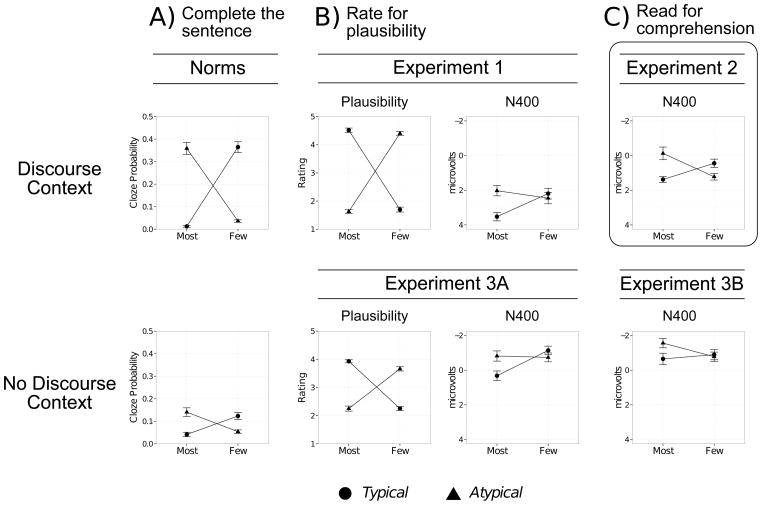Figure 2. Quantifier by typicality interaction effects.
Panel A) Critical word cloze probability (= proportion of responses) in quantified sentence fragments following supporting discourse contexts (top row) and without the preceding discourse contexts (bottom row). Panel B) Sentence plausibility ratings on a five-point scale (left column) and N400 ERP amplitudes (right column) at the cloze-normed critical word for these same quantified sentences. The quantified sentences were presented following supporting discourse contexts in Experiment 1 (top row, N = 16), and without the discourse contexts in Experiment 3A (bottom row, N = 16). Panel C) N400 ERP amplitudes in microvolts at the cloze-normed critical word for these same quantified sentences read for comprehension. The quantified sentences were presented following supporting discourse contexts in Experiment 2 (top row, N = 16) and without the discourse contexts in Experiment 3B (bottom row, N = 16). All four criteria for strong incremental quantifier interpretation are satisfied only in Experiment 2 (boxed). Whiskers indicate +/− 1 SE; in Panels B and C the within-participants SE is calculated according to Morey, 2008.

